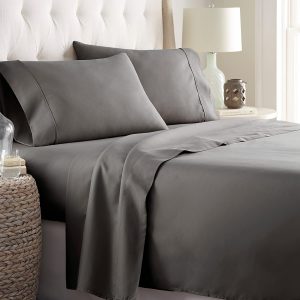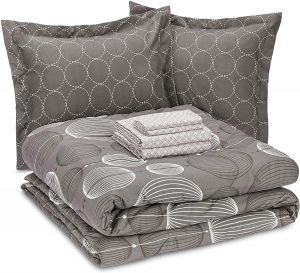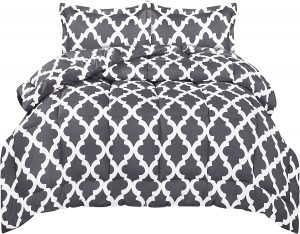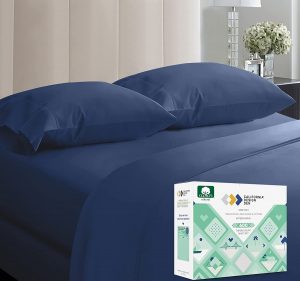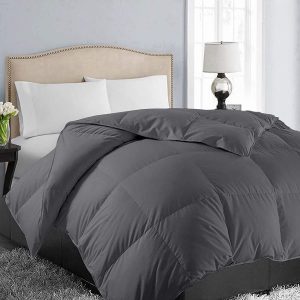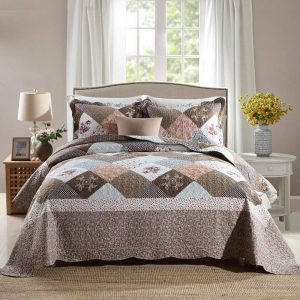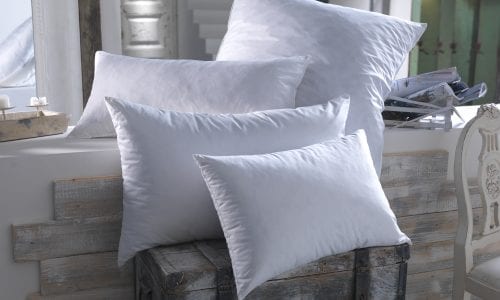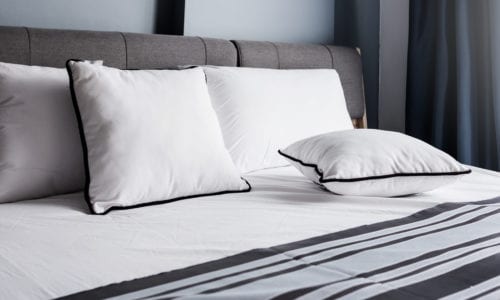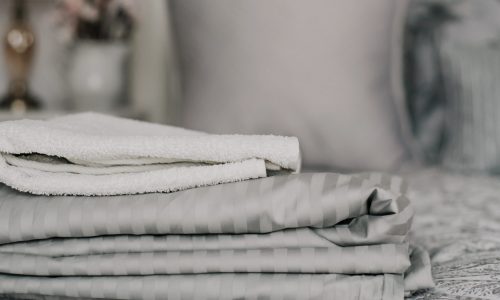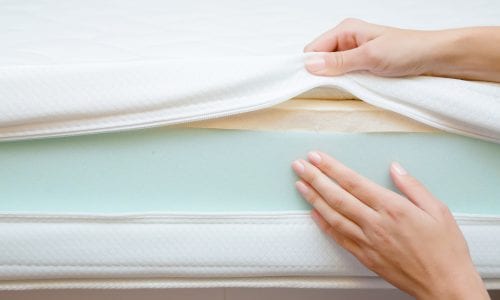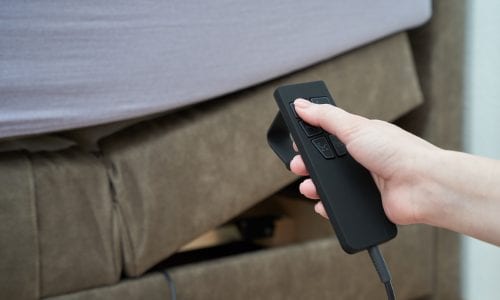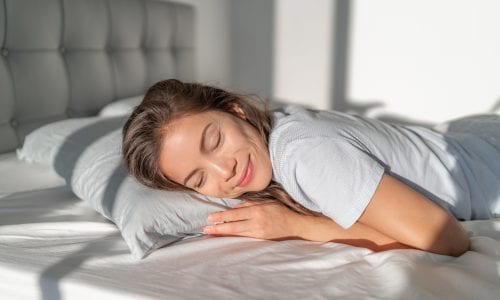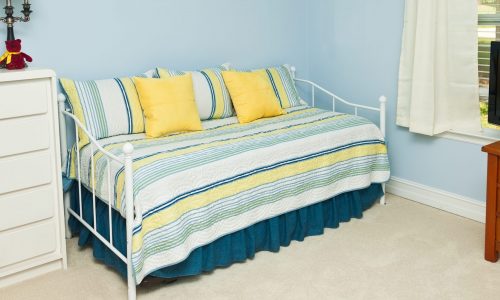The Best Queen-Size Bedding
We looked at the top 6 Queen-Size Beddings and dug through the reviews from 18 of the most popular review sites including and more. The result is a ranking of the best Queen-Size Beddings.

Our Review Process
Don't Waste Your Money is focused on helping you make the best purchasing decision. Our team of experts spends hundreds of hours analyzing, testing, and researching products so you don't have to. Learn more.
Our Picks For The Top Queen-Size Beddings
- 1. Danjor Linens 1800 Series Deep Pockets Queen-Size Bedding, 6-Piece
- 2. Amazon Basics Bed-In-A-Bag Queen-Size Bedding, 7-Piece
- 3. Utopia Bedding Down Alternative Queen-Size Bedding, 3-Piece
- 4. CALIFORNIA DESIGN DEN Cotton 600 Thread Count Queen-Size Bedding
- 5. EASELAND All Season Reversible Queen-Size Bedding
- 6. Travan Oversized Queen-Size Bedding, 2-Piece
If you like to sleep without sweating, these sheets are for you. The microfiber material helps keep moisture away while remaining soft enough to snuggle up in. The same fabric makes them easy to wash and resistant to wrinkling.
Stays Wrinkle FreeSoft microfiber keeps these sheets clear of undue moisture.
This bargain bed set hits all the marks. You can machine wash it without degrading the fabric, and it even stands up well to abrasion from pets and rambunctious kids. The sheets fit any queen bed to a T and are very comfortable.
Made to LastThese durable sheets stay soft after multiple washes.
The comforter in this set delivers the warmth of down without the price. The fit is adequate for most queen beds and won't spill over the sides. All the sheets can be cared for in most automatic washing machines.
Full and FluffySink into this thick and comfy bedding.
Those who like to keep their bedroom neat will love these sheets and their firm fit. The bottom sheets stay tight while the thicker comforter keeps things warm. The cotton material is especially cozy on winter nights.
Nice Snug FitThese cotton sheets look and feel elegant.
Buying Guide
Is there any more important piece of furniture in the house than your bed? Based on the time you spend there, clearly not. So you won’t want to cover it with just any old set of sheets. What you buy for bedding is almost as important as what kind of bed you buy.
When you’re talking about a queen-size bed, it shouldn’t be too hard to find sheets that fit. The standard measurement for this type of bed is 60 inches wide by 80 inches long. That fits the bill for a number of different sleeping arrangements, since it’s big enough for a single person who wants to stretch out or a couple who doesn’t mind keeping things cozy. Of course, not all queen-size mattresses are created equal. Some may be thicker than others, which means you’ll want a mattress cover with deep “pockets” that allow the sheet to stretch fully over the bed.
Other parts of a basic bedding set include the fitted sheet, pillowcases and duvet or comforter. A duvet will have two pieces: The duvet itself filled with thick, cozy material such as down or feathers, and a cover that can be pulled off for easy washing. A comforter combines the two and is essentially a very thick blanket. You might also need (or just want) other touches like shams (for decorative pillows) or boxspring covers that hang down below the mattress.
Once you’ve found a good fit, you’ll want to research your materials a bit. Bedding manufacturers like to throw a lot of adjectives around when it comes to their fabric, but their sheets are usually made from one of three main materials: Cotton, linen or polyester. Microfiber (which you’ll see advertised on many bedding brands) can be any synthetic fiber that’s woven very thin, but it’s usually polyester.
All have their strengths, and when it comes to affordability, polyester blends will usually win out. When well made, polyester sheets can be quite comfortable and the fabric is definitely the most durable. They also tend to wrinkle less than cotton sheets, though cotton is hands down the best for those who suffer from allergies. Cotton also has a softer feel on the skin and has moisture-wicking properties that will help you stay warm without soaking the bed in sweat. With it’s thicker thread, linen is woven to last, and can be very breathable. While it does tend to wrinkle, nothing beats the look of pressed linen when you can give it a little TLC.
Whatever material you choose, the weave will have a big effect on how it feels. Most sheets are either percale or sateen, and percale is the more traditional weave. Threads are woven simply, one over the other, and the result is a soft yet textured feel. If you like smoother, silkier sheets, go with a sateen weave where the threads are laid unevenly, four-over-one. This works especially well with cotton.
Stitching is also important, especially when it comes to your duvet or comforter. Nice, fluffy wool is great, but it’s enhanced by box stitching which helps make sure the stuffing is spread out evenly. Some decorative stitching will also go a long way for your pillow shams and boxspring cover. Remember, you want your bed to look as inviting as it feels.
Why we recommend these queen-size beddings?
Products Considered
Products Analyzed
Expert Reviews Included
User Opinions Analyzed
Our experts reviewed the top 6 Queen-Size Beddings and also dug through the reviews from 18 of the most popular review sites including and more. The result is a ranking of the best of the best Queen-Size Beddings.
DWYM is your trusted roduct review source. Our team reviews thousands of product reviews from the trusted top experts and combines them into one easy-to-understand score. Learn more.
The Best Bang For Your Buck
Utopia Bedding Down Alternative Queen-Size Bedding, 3-Piece
Key Takeawy
The comforter in this set delivers the warmth of down without the price. The fit is adequate for most queen beds and won't spill over the sides. All the sheets can be cared for in most automatic washing machines.
What other experts liked
What other experts didn't like
What to Look For
You’re likely to see bedding manufacturers boast about the high thread count of their sheets without telling you what that means or why it matters. Long story short: It doesn’t actually matter all that much. Thread count refers to the number of threads woven into the fabric per square inch, and while you certainly don’t want anything with a count below 100, super-high numbers don’t equate to a comfier or more durable sheet. As long your material has a halfway decent weave, you can find sheets with a count of 250 that feel just as luxurious as those with 1000.
More to Explore
Thinking about trading up from a queen-size bed? If so, you’ve still got a while to go before you get to the biggest bed in the world. According to the Guinness Book of World Records, the largest bed to date was created for the St. Gregorius summer festival in the Netherlands. At more than 86 feet and 53 feet wide, you could sleep with 10 families on it and still not worry about anybody hogging the covers.

